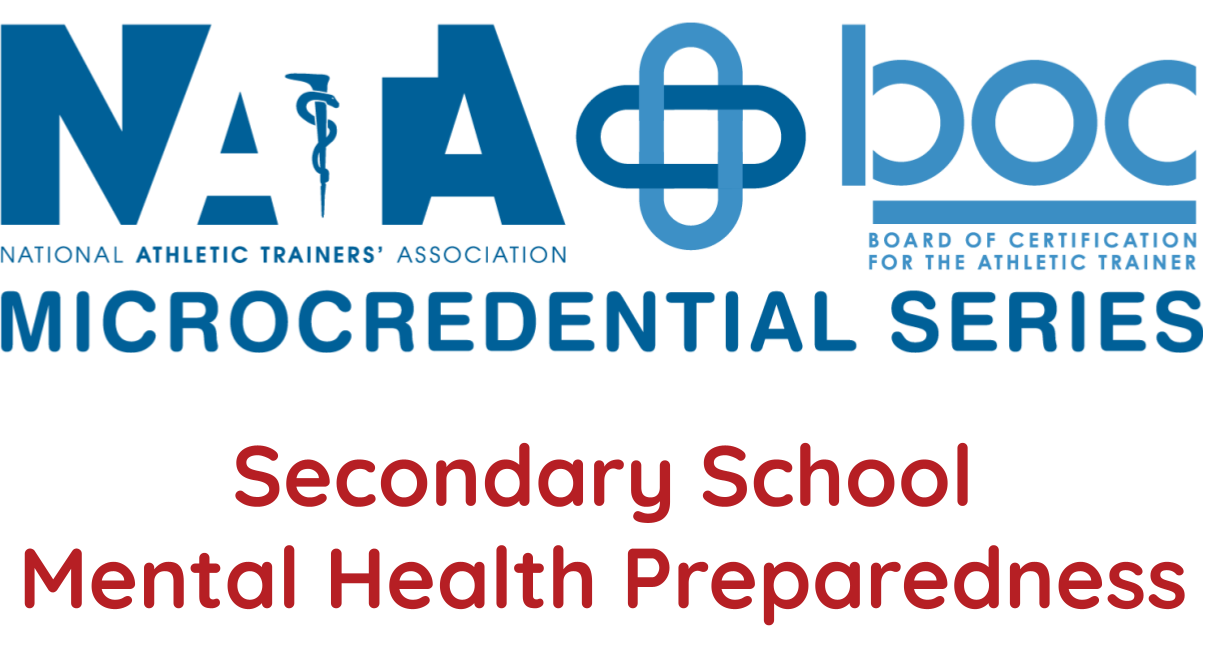
Reducing Sound-Induced Hearing Loss in Athletic Trainers and Performers to Whom They Provide Healthcare
-
Register
- Non-member - $37.50
- Member - Free!
- Student - Free!
- Staff - Free!
- Certified Student - Free!
- Retired - $22.50
Abstract:
Athletic trainers who work with musicians and other entertainment artists are routinely exposed to high sound levels as an occupational hazard. Marching band facilities, concert halls, and a variety of theater spaces are examples of venues where performing arts ATs may practice. Studies of musicians establish that sound levels in these environments are high and hearing loss is likely. Nonetheless, even under ideal circumstances of education and complimentary hearing protection provision, protection of hearing in musicians is far from universal. In addition, for athletic trainers who work with marching bands, sound levels to which they are exposed far exceed recommended daily dosages, in spite of the ATs not being embedded within a band. Overall, then, sound levels present a substantial risk of hearing loss to those in many performing arts environments. Methods to both measure and reduce individual sound exposure will be presented.
Learning Objectives:
- Participants will be able to describe the risks to hearing inherent in music and other performing arts venues.
- Participants will be able to interpret research literature in the field of sound exposure and sound-induced hearing loss.
- Participants will be explain the purpose and use of a personal noise dosimeter.
- Participants will be able to differentiate among hearing protection devices for their suitability in preserving hearing.
- Participants will be able to select an appropriate hearing protection device for themselves and performers with whom they work.
Level:
Essential
CEUs:
1.5 Category A
Keywords: hearing loss, sound-induced, hearing protection
On-Demand (Enhanced Access) Course Expiration:
Courses registered for after February 5, 2025, must be completed by December 31, 2025, at 11:59 p.m. CST.
For full details, refer to the expiration policy on our FAQ page.
Jeffrey A. Russell, PhD, ATC
Dr. Jeff Russell is an Associate Professor of Athletic Training and Director of Science and Health in Artistic Performance (SHAPe) at Ohio University. Dr. Russell leads a community-engaged research team that studies injuries and healthcare access of performing artists, including in the artistic disciplines of dance, music, theatre, film and television, and marching band. His primary research emphasis is concussions with a special focus on stunt performers working in film, television, and live events, as well as dancers. He earned his Ph.D. in dance medicine and science from the University of Wolverhampton in England. He is the editor of “Dance Injuries: Reducing Risk and Maximizing Performance,” a 2025 textbook published by Human Kinetics Publishers.
In 2024, Dr. Russell founded the International Task Force on Head Impacts and Trauma in Stunts (HITS Task Force) to help improve the identification and care of concussions in stunt performers. He also leads the Department of Athletic Training’s graduate certificate in Performing Arts Medicine and undergraduate certificate in Performing Arts Health and Wellness. He has served on the Board of Directors of both the International Association for Dance Medicine & Science and the Performing Arts Medicine Association and has published numerous research and review articles and presented across the world on a variety of topics in sports medicine, orthopaedics, and performing arts medicine.

